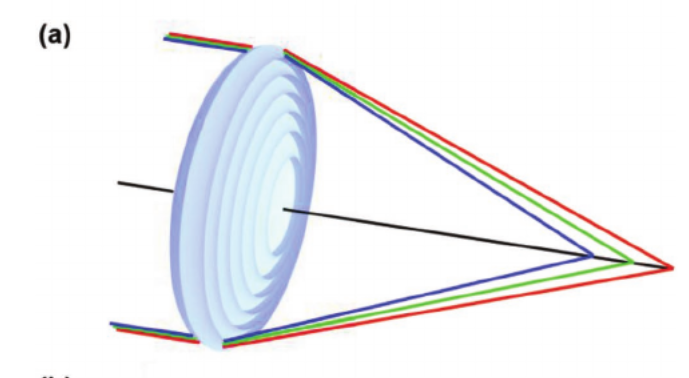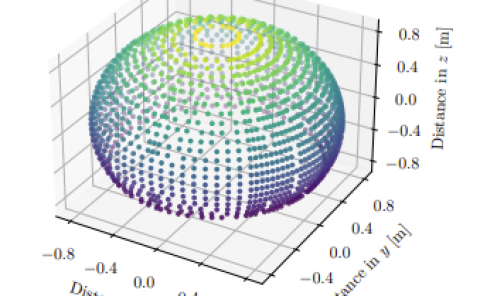Practical Chromatic Aberration Correction in Virtual Reality Displays Enabled by Cost‐Effective Ultra‐Broadband Liquid Crystal Polymer Lenses
PubDate: Oct 2019
Teams: University of Central Florida;Zhengzhou University;GoerTek Electronics
Writers: Tao Zhan Junyu Zou Jianghao Xiong Xiaomin Liu Hao Chen Jilin Yang Sheng Liu Yajie Dong Shin‐Tson Wu

Abstract
Chromatic aberration (CA) is a critical issue in immersive virtual reality displays. The current digital compensation method can reduce the CA by pre‐processing the image contents but at the cost of extra memory space, processing time, and power consumption. Moreover, it is not possible to digitally compensate the CA within each color channel. Here, a practical optical approach is presented to correct the CAs, including the sub‐channel ones, in the virtual reality system, whose functionality is verified by both ray‐tracing analysis and experimental results. In this device, a compact ultra‐broadband Pancharatnam‐Berry phase lens (PBL) with complex axial molecular structure is fabricated and then hybridized with a refractive Fresnel lens. Due to their opposite chromatic dispersion, the system’s CA is significantly reduced. To eliminate ghost image from the zero‐order leakage of PBL, a broadband circular polarizer is implemented to block the stray light. As a result, clear image within the entire 100° field‐of‐view is achieved. The proposed large‐size cost‐efficient broadband wide‐view flat optics can practically benefit not only virtual reality displays but also general imaging systems for practical applications and scientific research.


